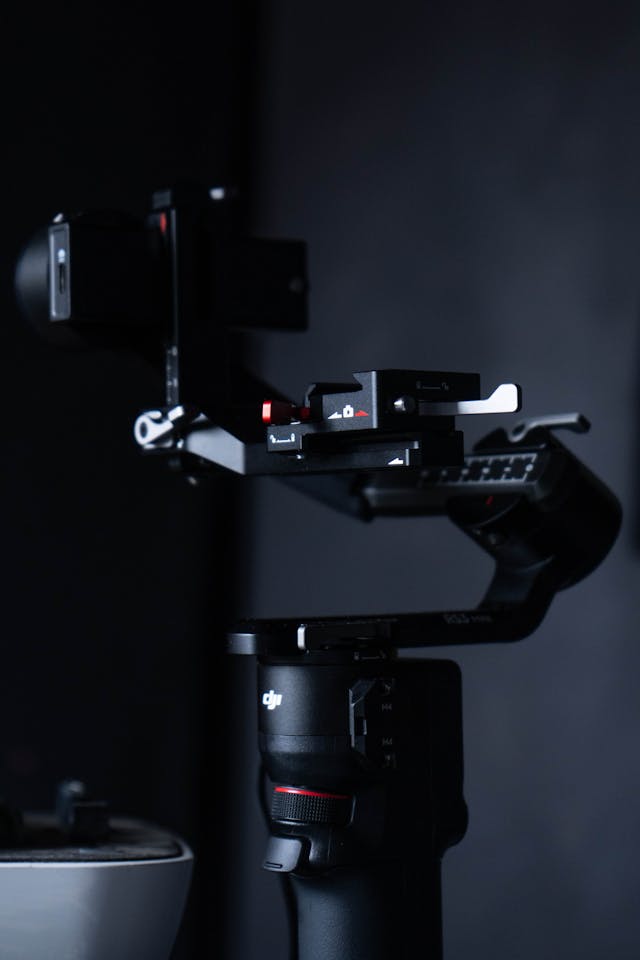Camera jibs are vital tools that help filmmakers generate breathtaking, dynamic views that improve any movie. They are an area that you should be familiar with. Understanding the potential of camera jibs may open up a world of creative possibilities for anyone, regardless of whether they are a seasoned professional or an aspiring filmmaker.
Dynamic Camera Movements
Camera jibs are versatile equipment designed to provide smooth and controlled camera movements. By mounting your camera on the end of a long arm, camera jibs allow you to achieve sweeping, cinematic shots that add depth and dimension to your videos. From graceful arcs to dramatic crane shots, the possibilities are endless with a camera jib by your side.
Exploring Creative Possibilities with Mini Jibs
One of the most exciting aspects of using camera jibs is the creative freedom they offer. Unlike traditional camera setups, mini jibs allow filmmakers to explore unique angles and perspectives that would otherwise be impossible to achieve.

Whether you’re shooting a dramatic action sequence or a serene landscape, a camera jib can help you capture the perfect shot every time. Consider framing, composition, and camera movement carefully when using a camera jib.
By strategically positioning your camera and adjusting the jib’s angle and height, you can create visually stunning shots that draw viewers in and enhance the storytelling experience.
Experiment with different camera movements, such as tilting, panning, and booming, to add depth and drama to your footage.
Tips for Effective Use of Camera Jibs
To make the most of your camera jib, consider the following tips:
- Plan your shots carefully: Before using your camera jib, take the time to plan out your shots and envision the desired result.
- Practice makes perfect: Regular practice sessions are essential for becoming proficient with your camera jib, as they allow you to familiarize yourself with its controls and operation.
- Pay attention to weight distribution: Ensure that your camera and any additional equipment are appropriately balanced to prevent shaky footage.
- Experiment with different shot types: Try different camera movements and angles to discover what works best for your project.
- Incorporate movement into your storytelling: Use camera jibs to enhance your film’s narrative and create a sense of movement and progression.
By mastering the art of camera movement and composition, you can unlock the full creative potential of these versatile devices and create cinematic masterpieces that captivate and inspire audiences.